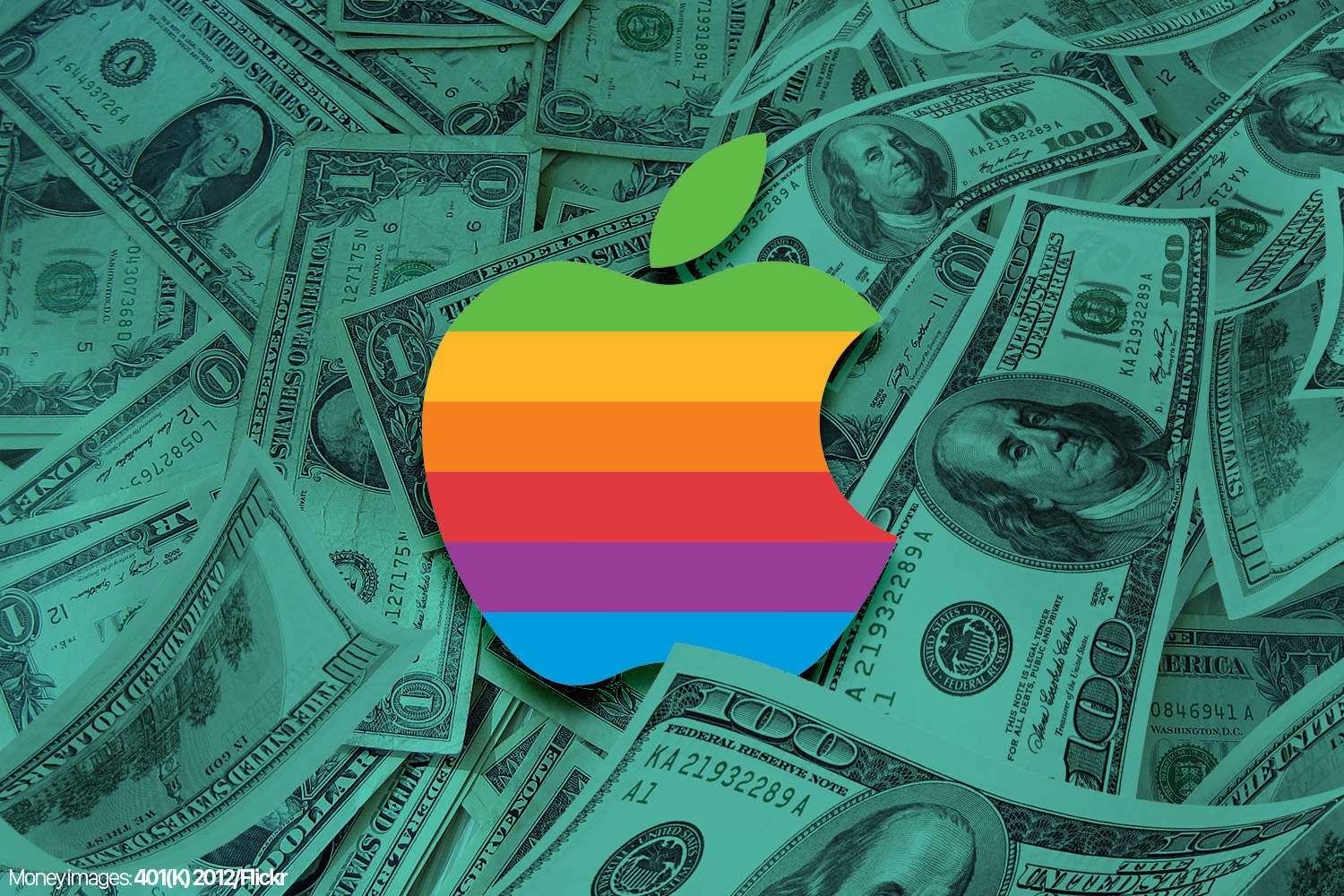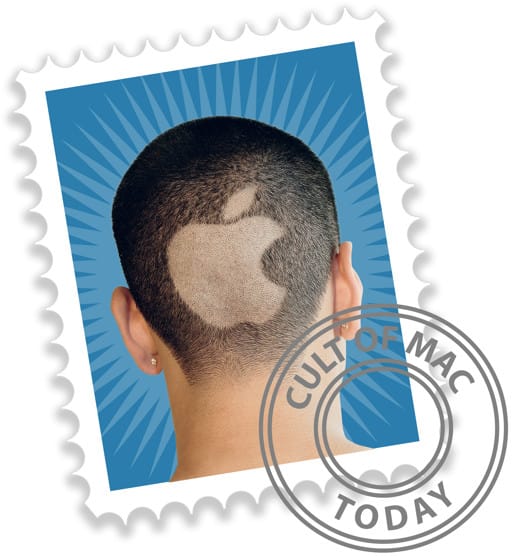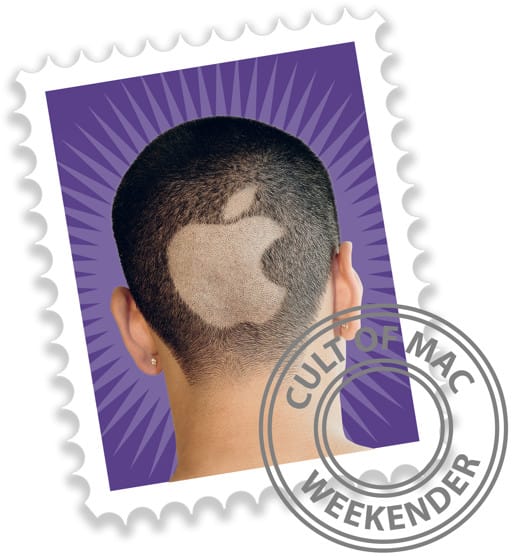Investors are eagerly waiting to see all the numbers from Apple’s 2018 holiday quarter during today’s earnings call. Based on early reports, some of the numbers might come in even lower than expected.
Gulp.
Apple already warned investors that iPhones sales during Q1 2019 came in lower than expected, mostly thanks to problems in Greater China. Even after lowering revenue guidance, the company still could pull out a few surprises. However, most analysts remain worried that the iPhone sales slump will continue into 2020.
Apple CEO Tim Cook and CFO Luca Maestri are set to get on the phone with investors at 2 p.m. Pacific today. Per usual, Cult of Mac will be here live-blogging all the action with up-to-the-minute analysis on all the important numbers.
Come join the fun:


